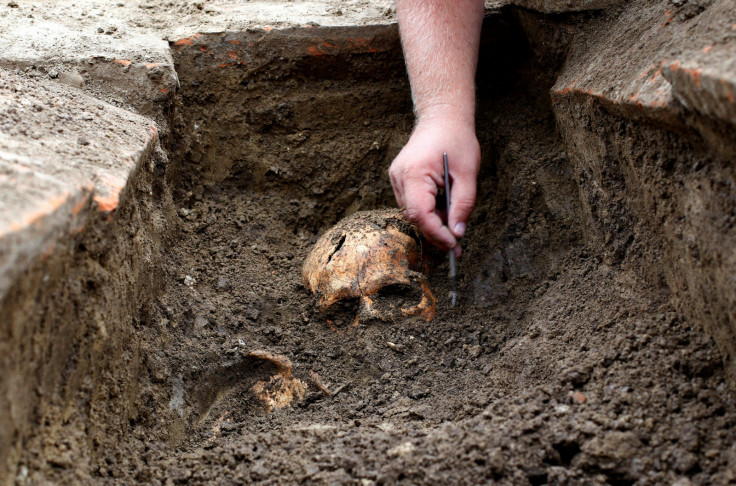Archaeologists unearth over 25 skeletons at Cambridge University campus, expect to find more
The skeletons were discovered in the university's New Museum site, which is due to undergo renovation soon.

Archaeologists have unearthed more than 25 skeletons in Cambridge University in the centre of the campus and expect to discover dozens or more in the coming weeks.
The skeletons date back to the medieval Augustinian friary that was based in the area between 1290 and 1538. Despite being nearly 450 years old, the remains are in good condition, the archaeologists said.
The skeletons were discovered in the university's New Museums site, which is set to undergo a major renovation, BBC reported. The site also comprises science departments, examination halls, the David Attenborough building and the Museum of Zoology.
The Cambridge Archaeological Unit (CAU) will continue digging in the area for the next four weeks and expect to recover up to 40 skeletons. Specialist osteo-archaeologists will process, wash and study the skeletons as part of a joint project undertaken by the CAU and the university's Department of Archaeology, called After the Plague.
The project is based on the discovery of around 400 skeletons in 2010 at a burial site at Cambridge's Hospital of St John.
Commenting on the latest discovery, site director Craig Cessford said: "The bones are really perfectly preserved apart from where early 20th Century foundations have chopped through them so in places you'll only get half a body.
"Even when the friary was in use they sometimes chopped through the burials - so it's not just in the modern period that the skeletons have been disturbed," he added.
He explained that during medieval times, founders of such friaries came in, "they set up their friary and mark off an area as a cemetery and they start burying people in nice neat rows".
"Eventually, after 100 or 150 years they fill up their area and they just start back at the beginning again and we know they did that at least three times," he added, noting that the area has the potential for more surprises.
It is hoped the friary remains will become a "comparative collection", Cessford was quoted by the BBC as saying.
© Copyright IBTimes 2025. All rights reserved.




















